Trump Eyes $1.7T Student Loan Sell-Off As Warren Warns Of ‘Giveaway To Wealthy Insiders’ – Financial Freedom Countdown

The Trump administration is weighing a move that could upend the federal student lending system: selling the government’s $1.77 trillion student loan portfolio to private companies.
The conversations, reportedly underway between the Education Department and Treasury, represent the administration’s most serious exploration yet of shifting federal student debt into private hands.
A Portfolio of Unprecedented Scale
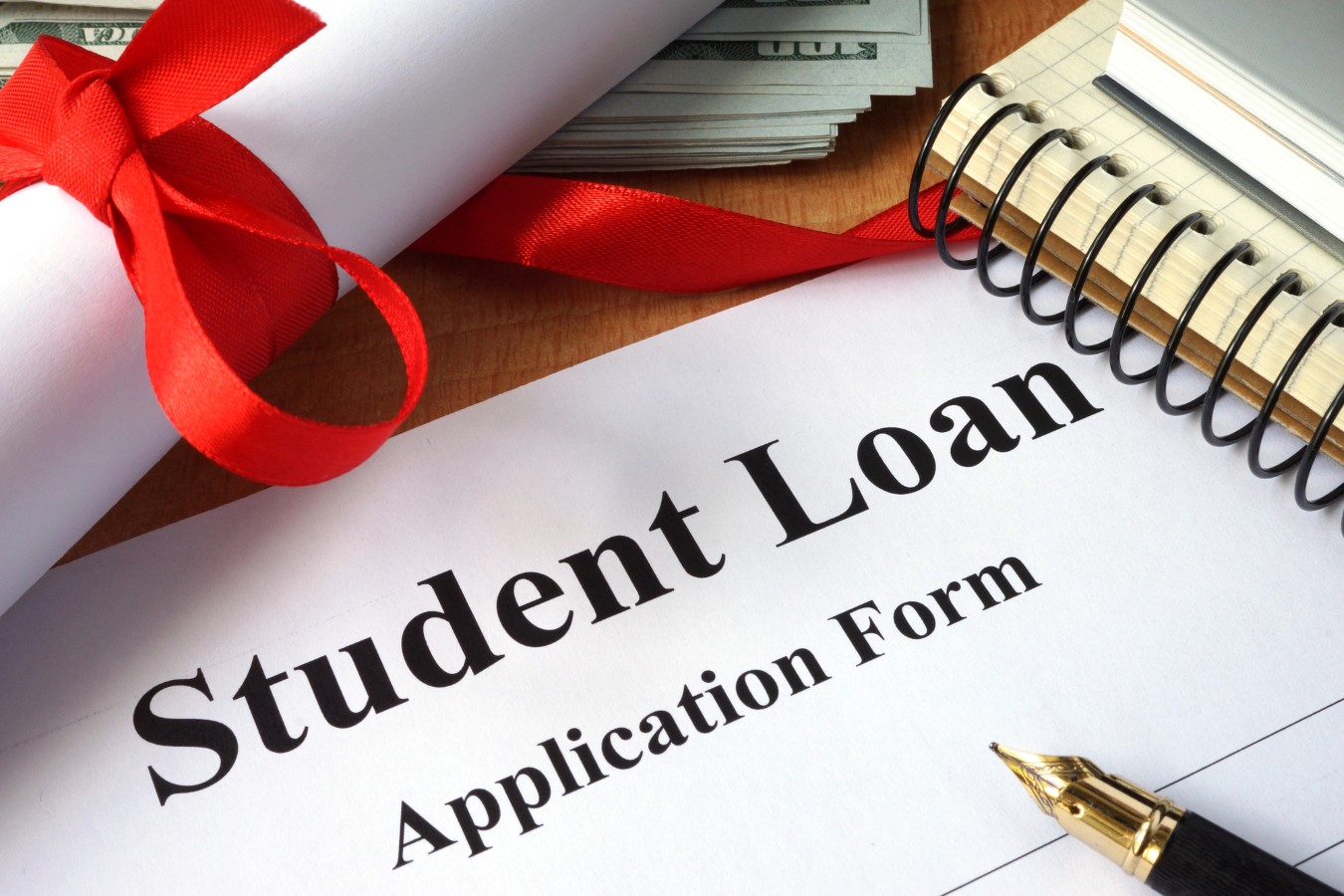
Federal student loans today form one of the largest consumer debt markets. The idea of transferring the entire portfolio to private investors raises immediate questions about how repayment plans, interest rates, and borrower protections would survive such a massive transition.
Education Department Offers Few Details but Signals Fiscal Motivations
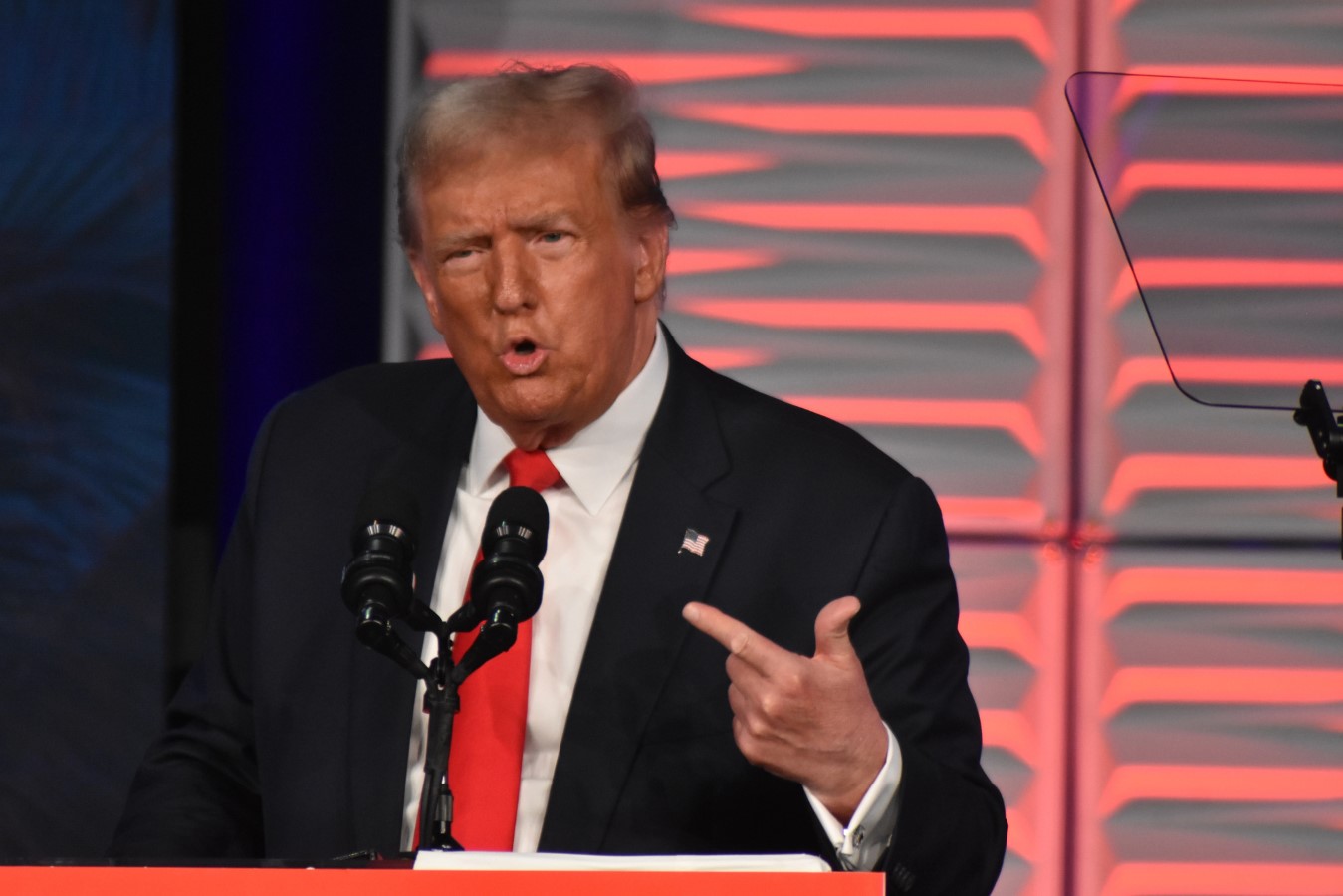
The Education Department has not provided any details.
“We are evaluating ways to improve the fiscal health of the nearly $1.7 trillion student loan portfolio to safeguard the interests of both students and taxpayers,” said Ellen Keast, press secretary for higher education at the department.
Treasury Stays Quiet as Internal Interest Grows
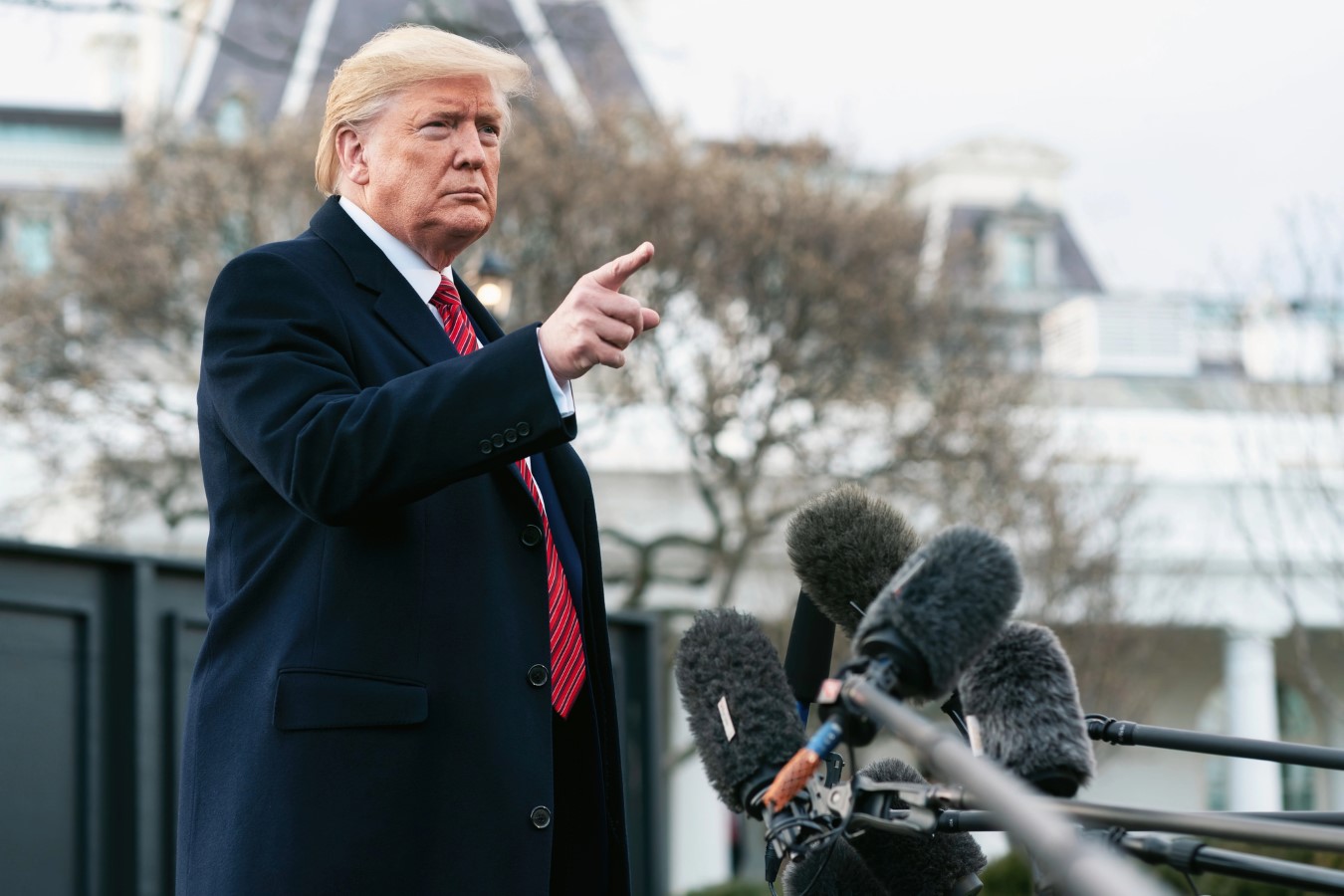
The Treasury Department has declined to comment, and Education Secretary Linda McMahon has not publicly embraced the idea.
Still, she has previously supported shifting the loan portfolio to Treasury, a stance many experts see as a foundational step toward privatization. A direct sale, however, would carry far greater consequences.
Warren Leads Democratic Backlash, Calling Plan a ‘Giveaway to Wealthy Insiders’
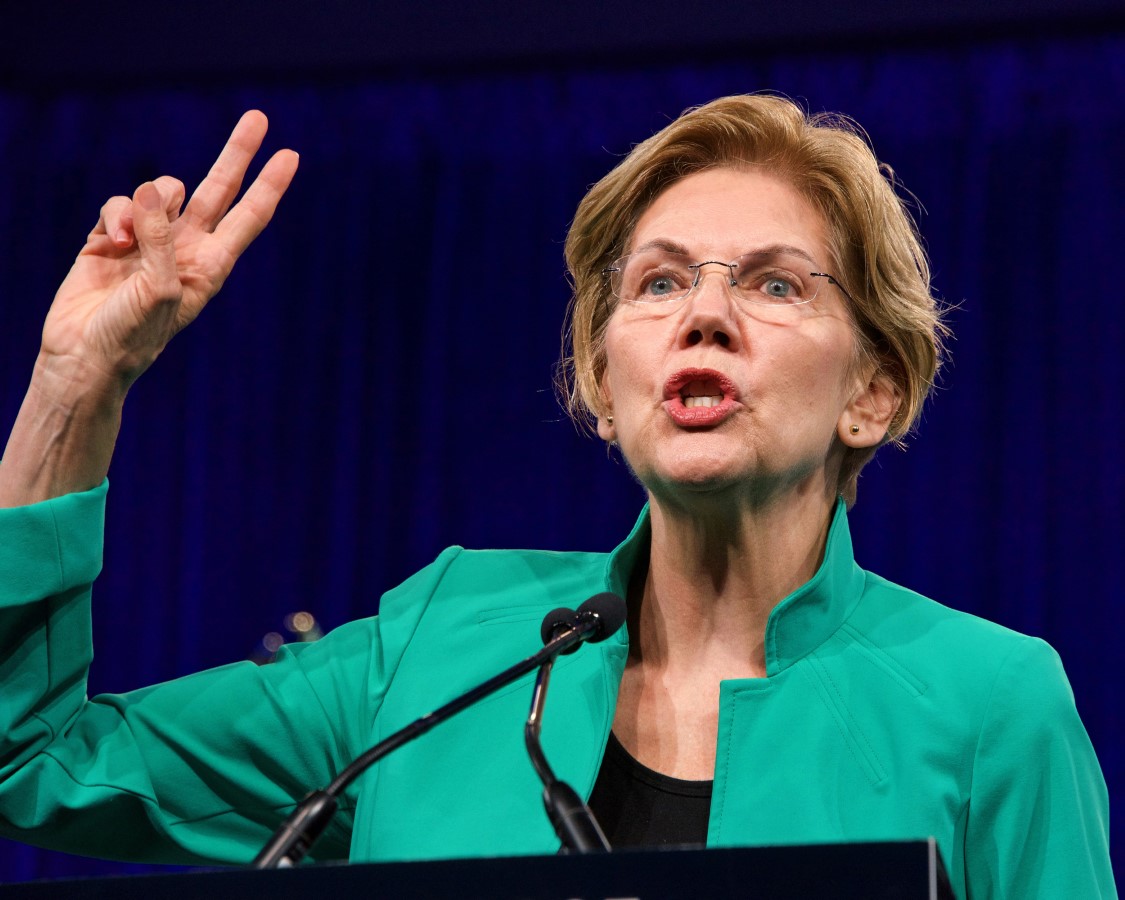
Democrats reacted swiftly and sharply. Sen. Elizabeth Warren, joined by more than 40 Democratic lawmakers, sent a letter blasting the proposal as a massive gift to financial insiders at the expense of working-class Americans.
They argue that many borrower protections; such as income-driven repayment and relief for defrauded students could be weakened or eliminated altogether if private companies take over the debt.
Legal and Moral Stakes: Borrower Protections Could Be Jeopardized

The Democrats’ letter warns that eliminating these protections would likely be illegal, noting that Congress explicitly guaranteed them.
They fear the administration may attempt to sidestep those safeguards by transferring the loans to investors who are not required to offer the same repayment programs. Such a shift could fundamentally reshape the federal student loan contract.
Would Private Investors Even Want the Loans?

Another challenge looms: finding private buyers willing to take on a $1.7 trillion portfolio under federal terms.
Borrowers currently benefit from income-based plans, generous forbearances, and fixed interest rates. Private lenders would need to honor those terms; yet would lack the government’s strong collection tools, such as wage garnishment and Treasury offsets.
That reduces the portfolio’s market value.
Experts Warn Taxpayers Could Take a Financial Hit

Some economists caution that the government would likely have to sell the loans at a loss since private lenders would never pay more than the loans’ fair-market value; and likely far less, given lower expected recovery rates.
That gap would land squarely on taxpayers.
Could Borrowers Gain Anything from Privatization?

Some advocates argue there could be limited upside; if the sale restored bankruptcy rights or statutes of limitations.
But industry experts doubt Wall Street would purchase the loans unless the stiff federal restrictions remain, minimizing any consumer benefit.
For most borrowers, the risks far outweigh the potential gains.
A Strategic Block on Future Loan Forgiveness?

Some analysts suspect a political motive: making it harder for future administrations; especially Democratic ones to issue broad student loan forgiveness.
Under President Biden, $183 billion in student debt was canceled.
If the loans were privately held, any future forgiveness would require the federal government to cut checks to financial firms, raising both the cost and political consequences.
Congress Stands as the Biggest Hurdle

Even if the administration pursues a sale, it cannot happen without congressional approval. Lawmakers would face enormous pressure from borrowers, servicers, and consumer protection groups.
Historically, similar proposals have failed to gain traction due to both political opposition and unfavorable financial math.
Why Ending New Federal Lending Would Likely Be Step One
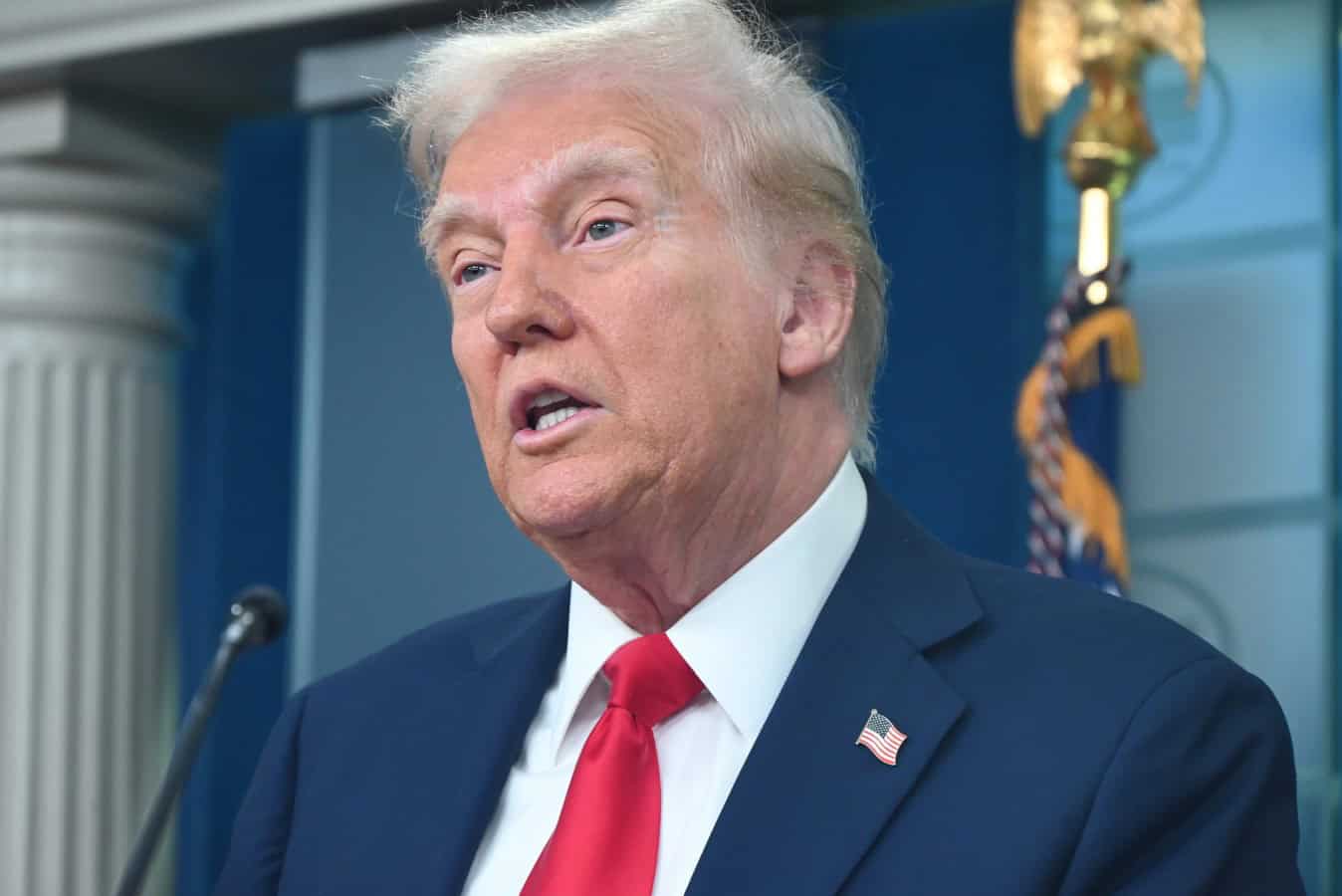
Experts also point out a structural problem: selling the existing portfolio while continuing to issue new federal loans would immediately recreate another government-held debt book. Many see this as proof that the idea is more exploratory than imminent.
Borrowers Are Left with Uncertainty and More Questions Than Answers

Millions of borrowers now face unclear prospects.
Would income-driven plans survive? What happens to borrower defense? Would private companies push more aggressive collections?
The lack of specifics from the administration leaves families and borrowers bracing for potential changes with enormous personal stakes.
A High-Risk Proposal Still Searching for Momentum

The idea of privatizing federal student loans resurfaces every few years, typically during debates over government spending or debt forgiveness. Yet it has never gained sustained political traction; and the hurdles today remain steep. Still, with early discussions underway, the possibility is no longer theoretical.
Like Financial Freedom Countdown content? Be sure to follow us!
Treasury Hikes I Bond Rate to 4.03%, Yet Fixed Portion Drops — Here’s What It Means for Savers

The U.S. Treasury has announced a new 4.03% rate for Series I savings bonds, slightly higher than the previous 3.98%. But beneath the bump lies a subtle setback: the fixed-rate portion has slipped to 0.9% from 1.1%. That quiet change could reduce long-term returns for investors hoping to lock in inflation-protected income, even as I bonds remain one of the safest options for conservative savers.
Treasury Hikes I Bond Rate to 4.03%, Yet Fixed Portion Drops — Here’s What It Means for Savers
Millions Could Miss Out on a New $1,000 Federal Retirement Match. Check If You Qualify

Beginning in 2027, millions of lower- and moderate-income savers will qualify for what financial researchers are bluntly calling “free money.” The new federal Saver’s Match; created under the 2022 SECURE 2.0 Act will replace today’s underused Saver’s Credit with a far more powerful benefit: up to $1,000 deposited directly into your retirement account every year. Morningstar’s early modeling suggests that eligible participants could see retirement wealth jump as much as 12%, a remarkable return for a program few Americans have even heard of.
Millions Could Miss Out on a New $1,000 Federal Retirement Match. Check If You Qualify
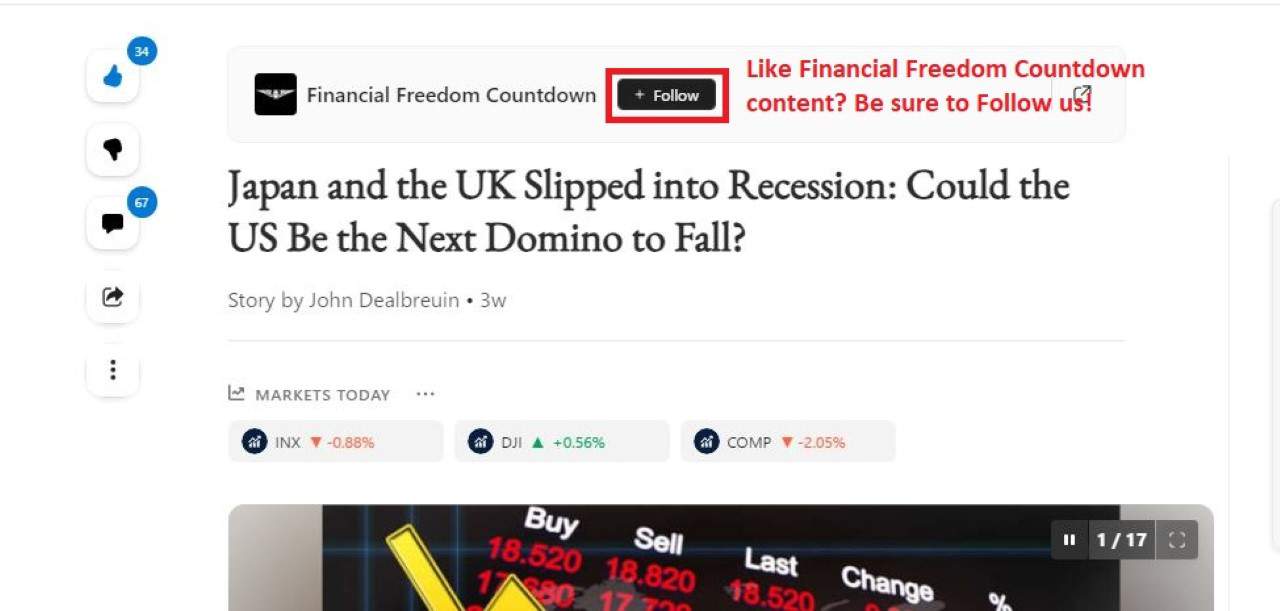
Did you find this article helpful? We’d love to hear your thoughts! Leave a comment with the box on the left-hand side of the screen and share your thoughts.
Also, do you want to stay up-to-date on our latest content?
1. Follow us by clicking the [+ Follow] button above,
2. Give the article a Thumbs Up on the top-left side of the screen.
3. And lastly, if you think this information would benefit your friends and family, don’t hesitate to share it with them!

John Dealbreuin came from a third world country to the US with only $1,000 not knowing anyone; guided by an immigrant dream. In 12 years, he achieved his retirement number.
He started Financial Freedom Countdown to help everyone think differently about their financial challenges and live their best lives. John resides in the San Francisco Bay Area enjoying nature trails and weight training.
Here are his recommended tools
Personal Capital: This is a free tool John uses to track his net worth on a regular basis and as a retirement planner. It also alerts him wrt hidden fees and has a budget tracker included.
Platforms like Yieldstreet provide investment options in art, legal, real estate, structured notes, venture capital, etc. They also have fixed-income portfolios spread across multiple asset classes with a single investment with low minimums of $10,000.

